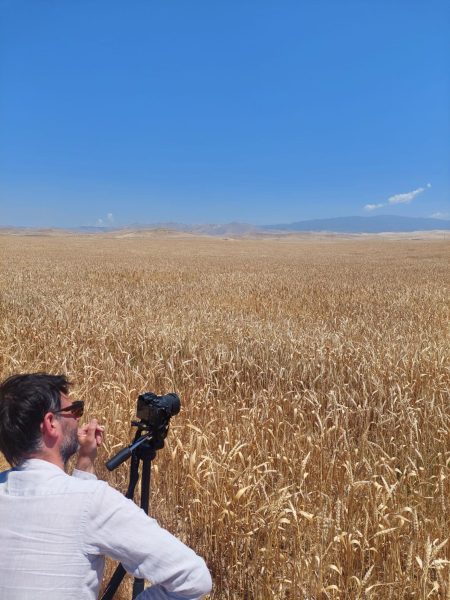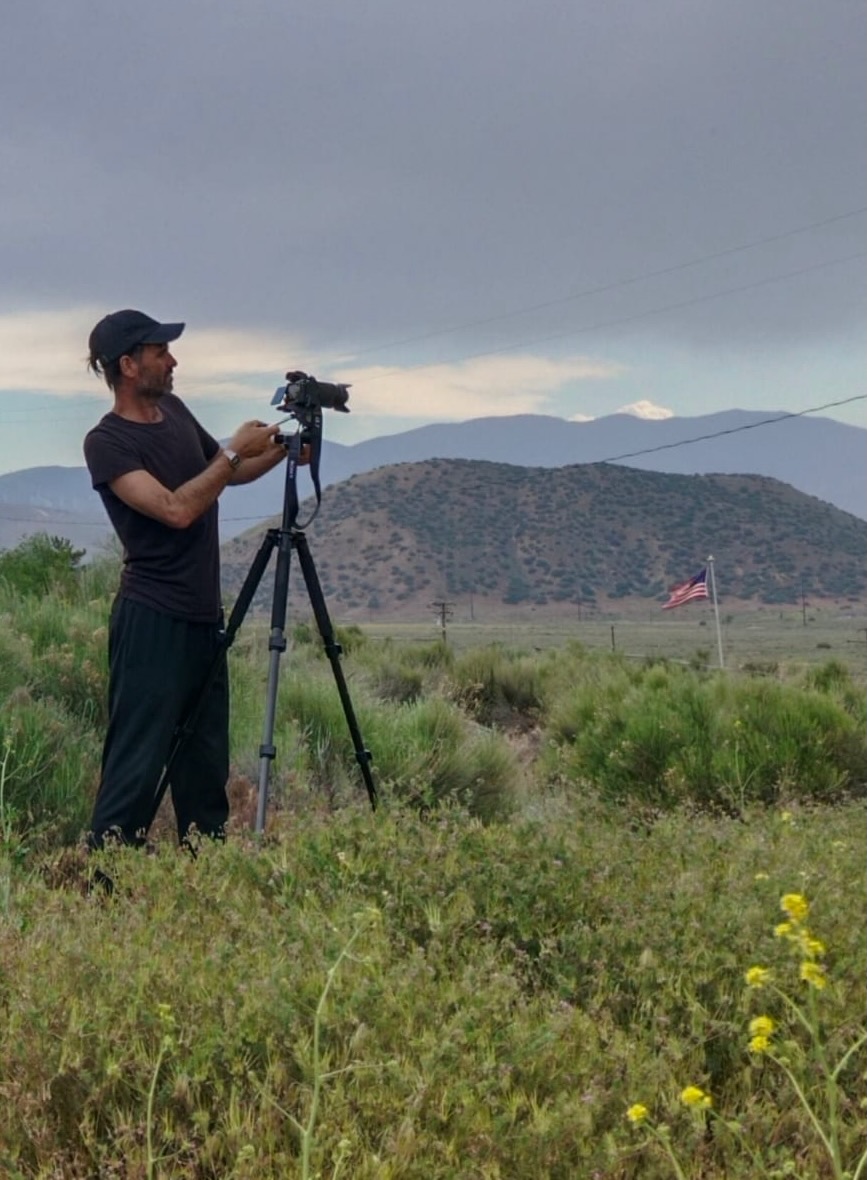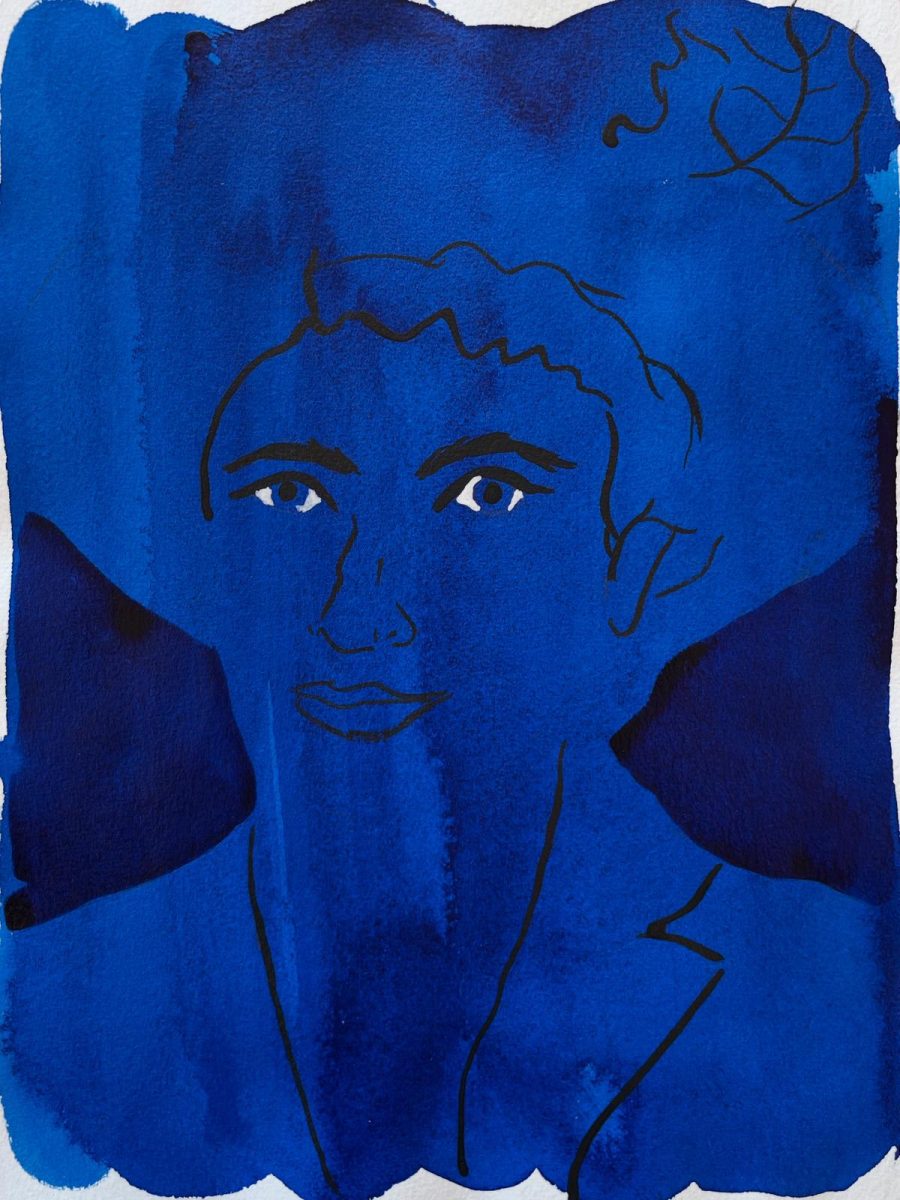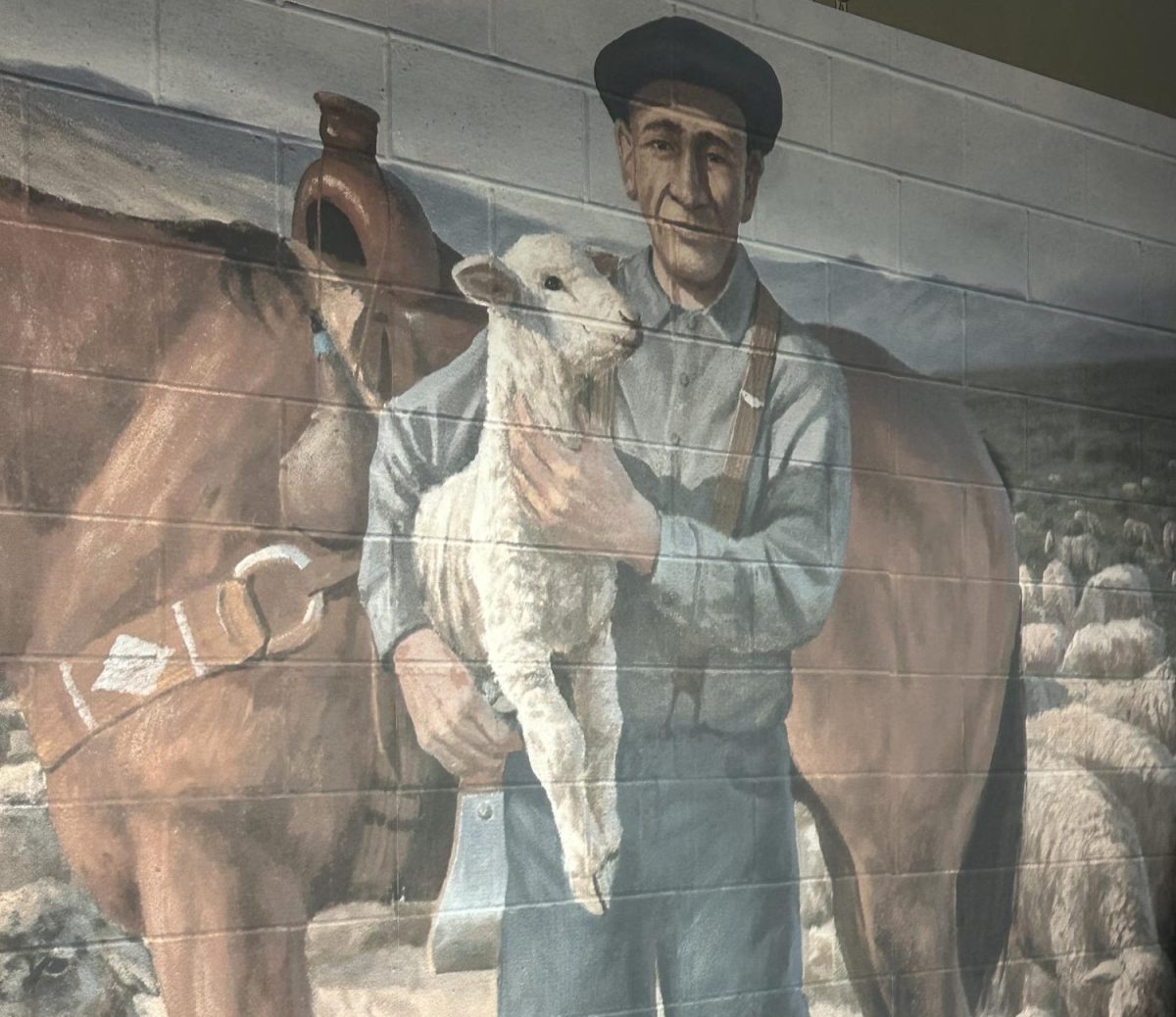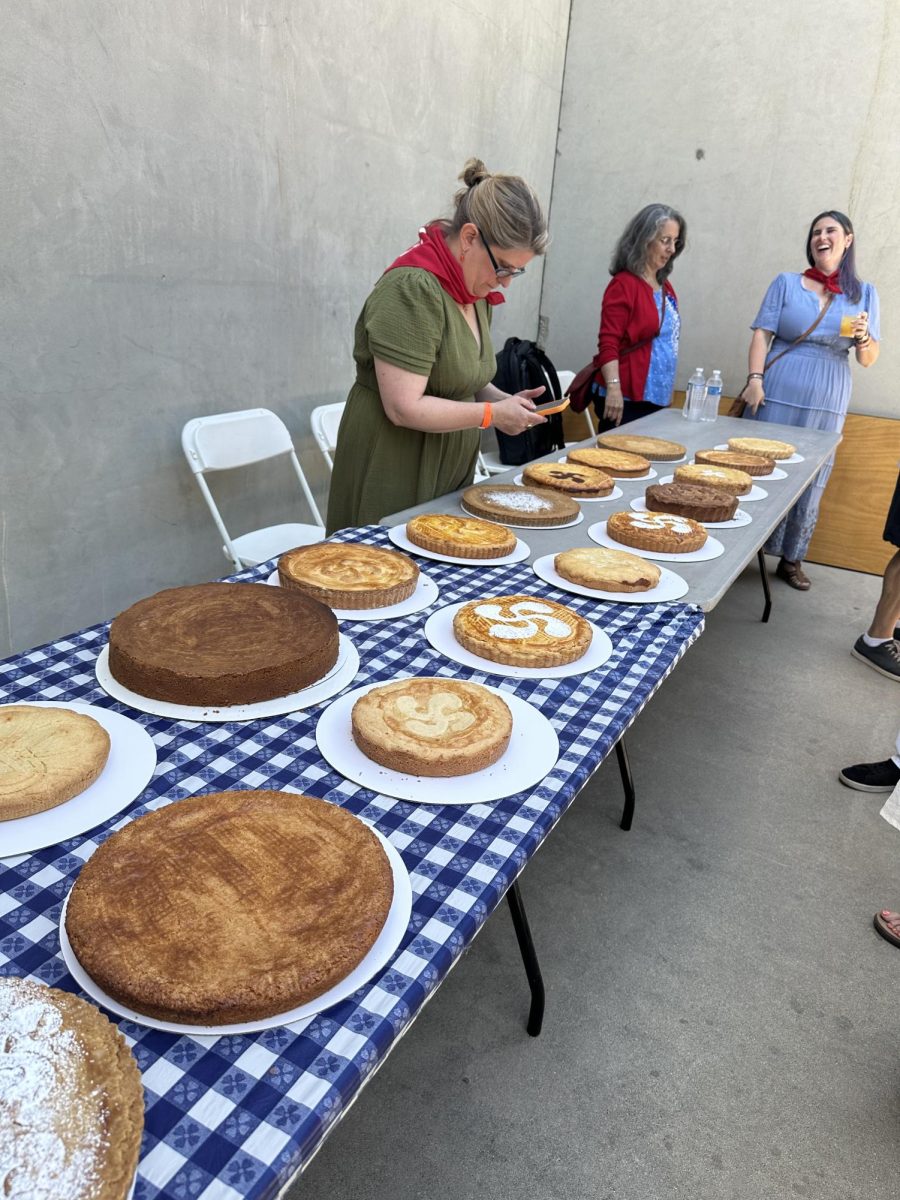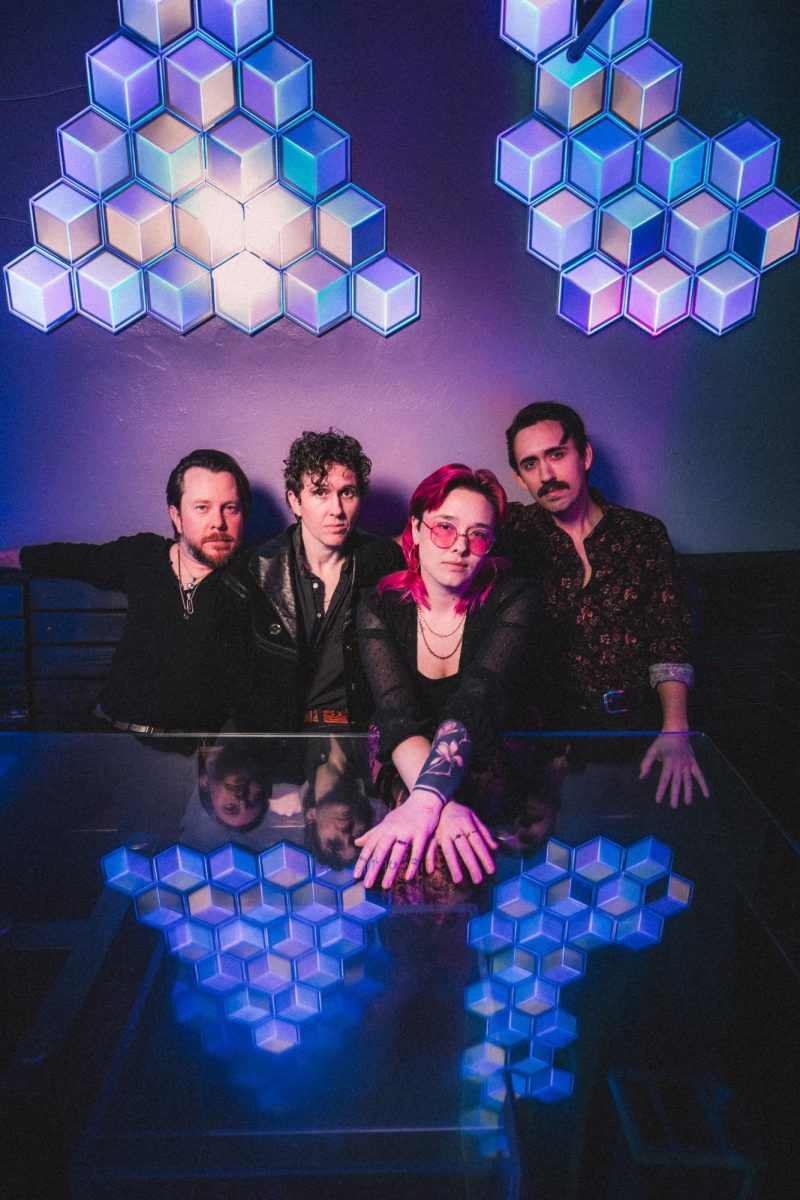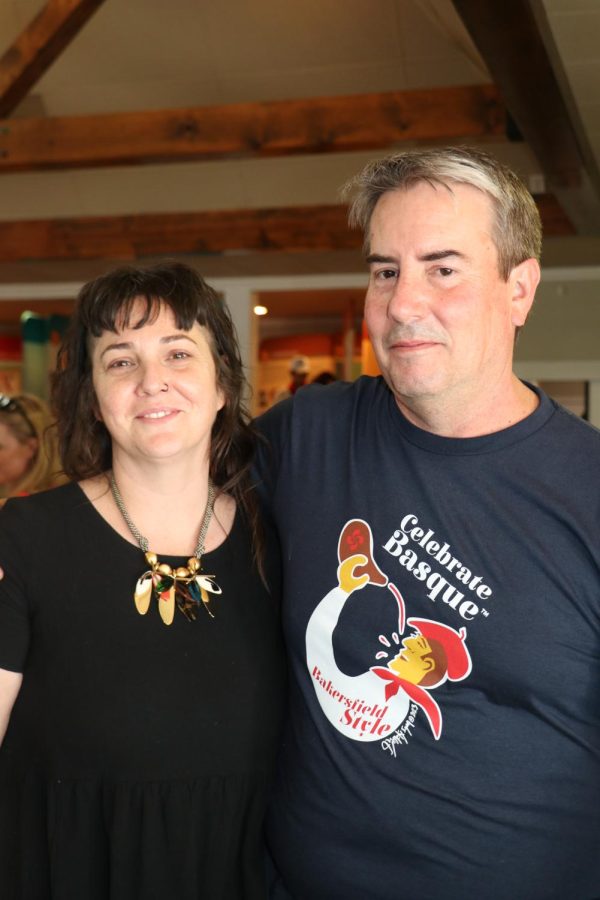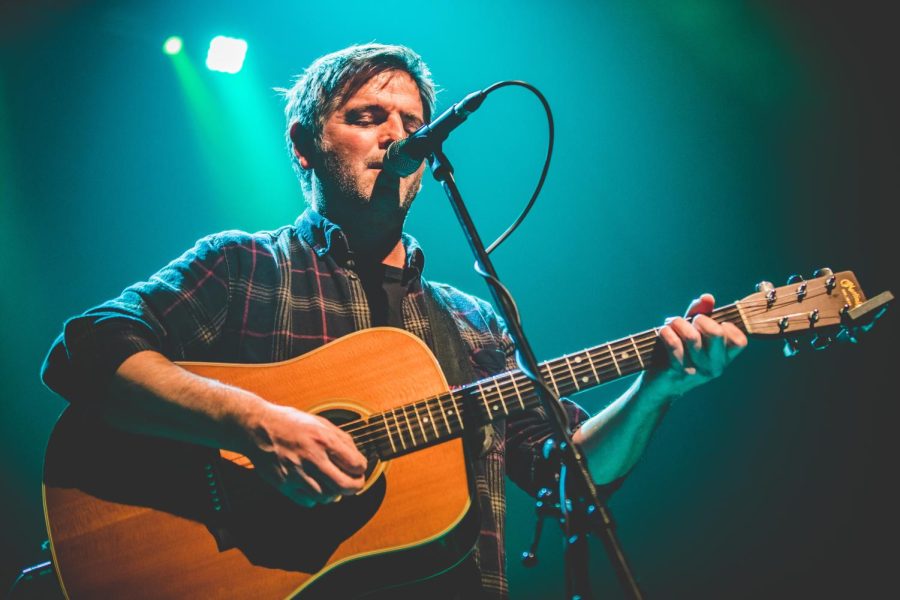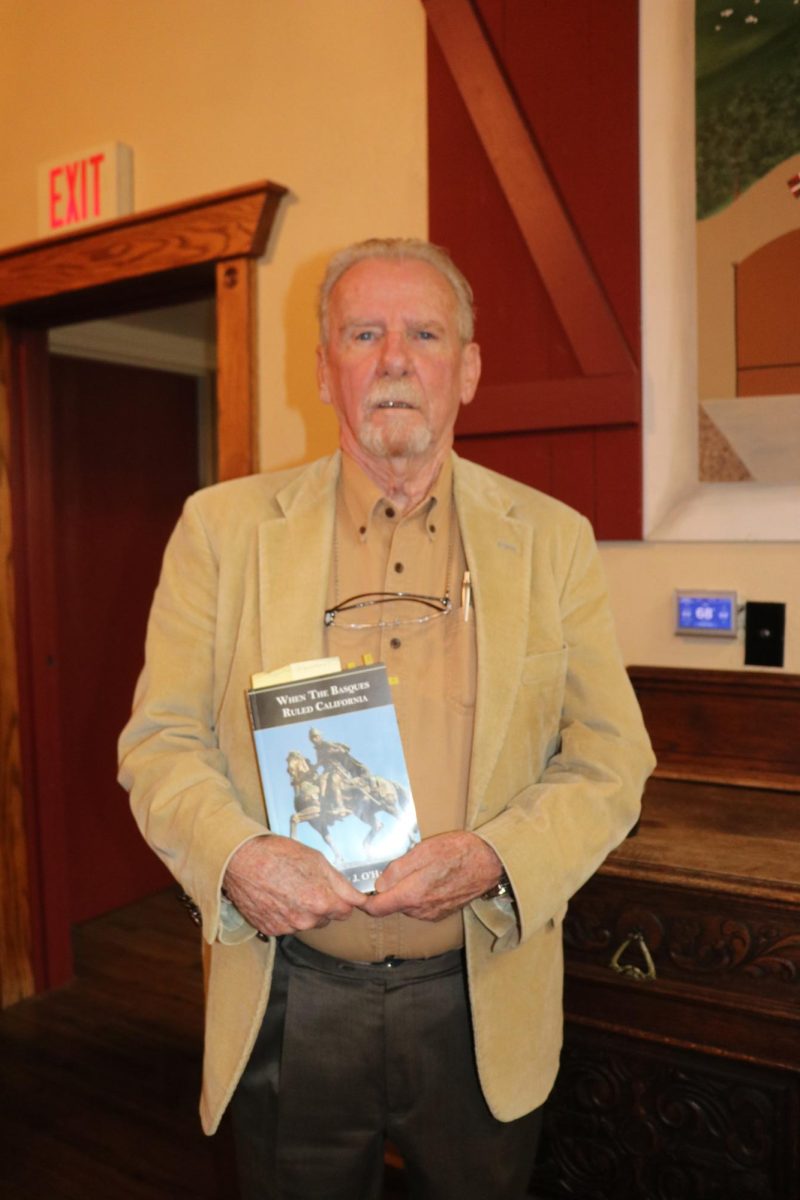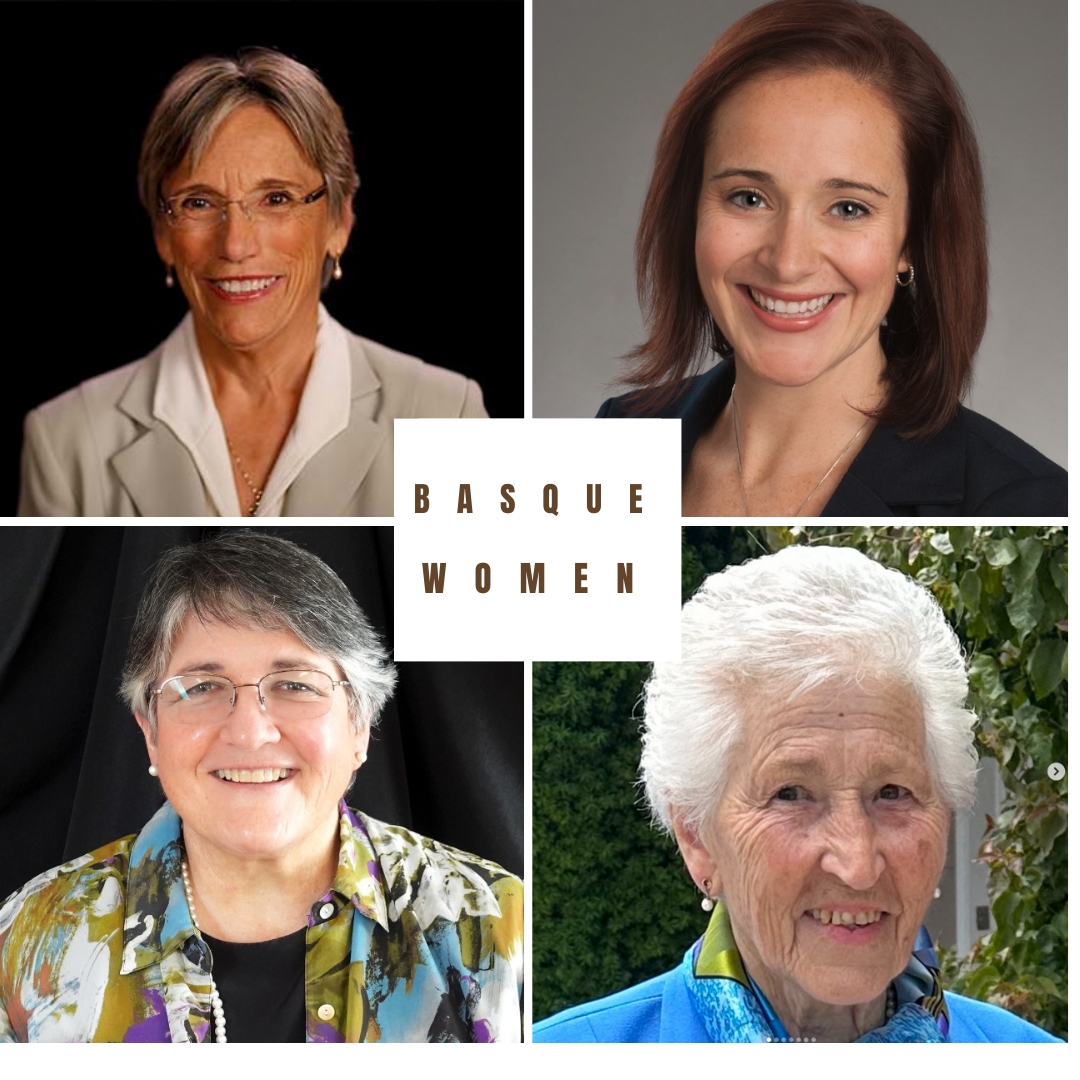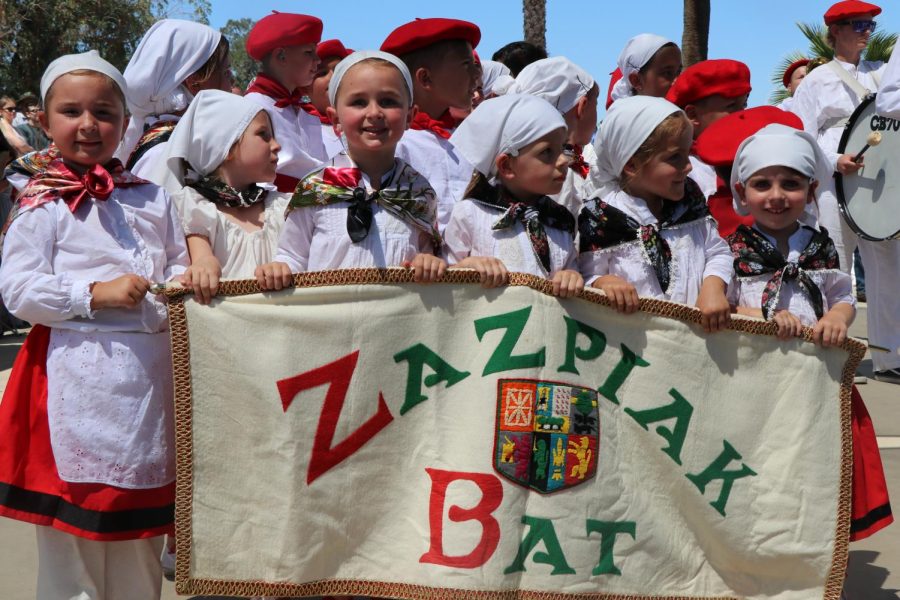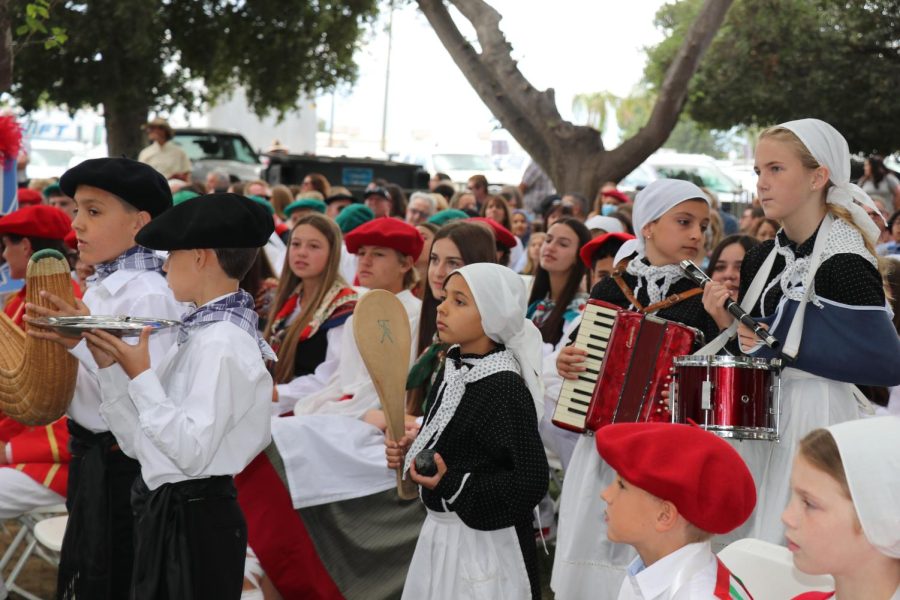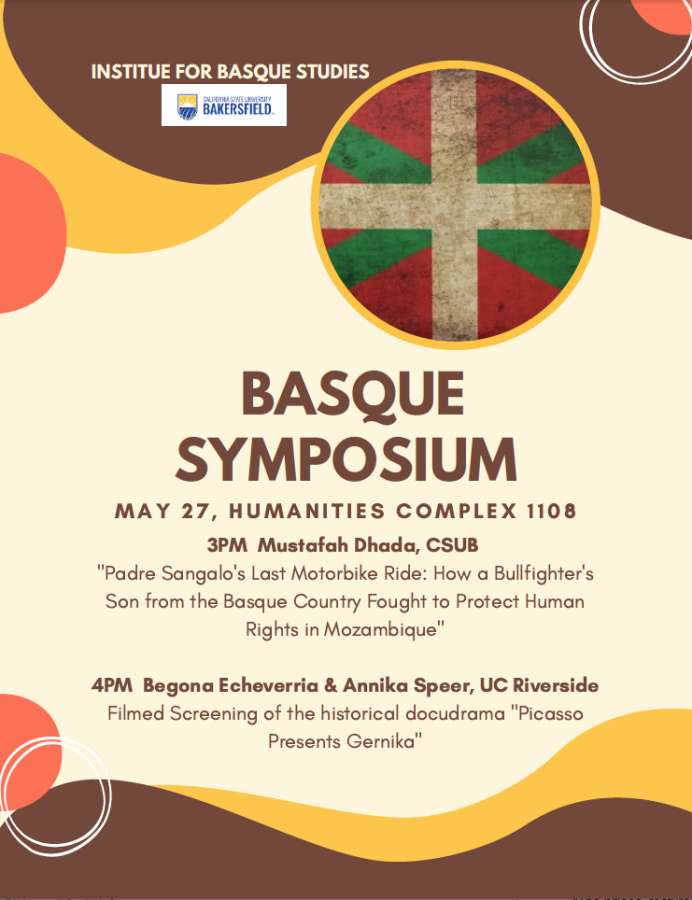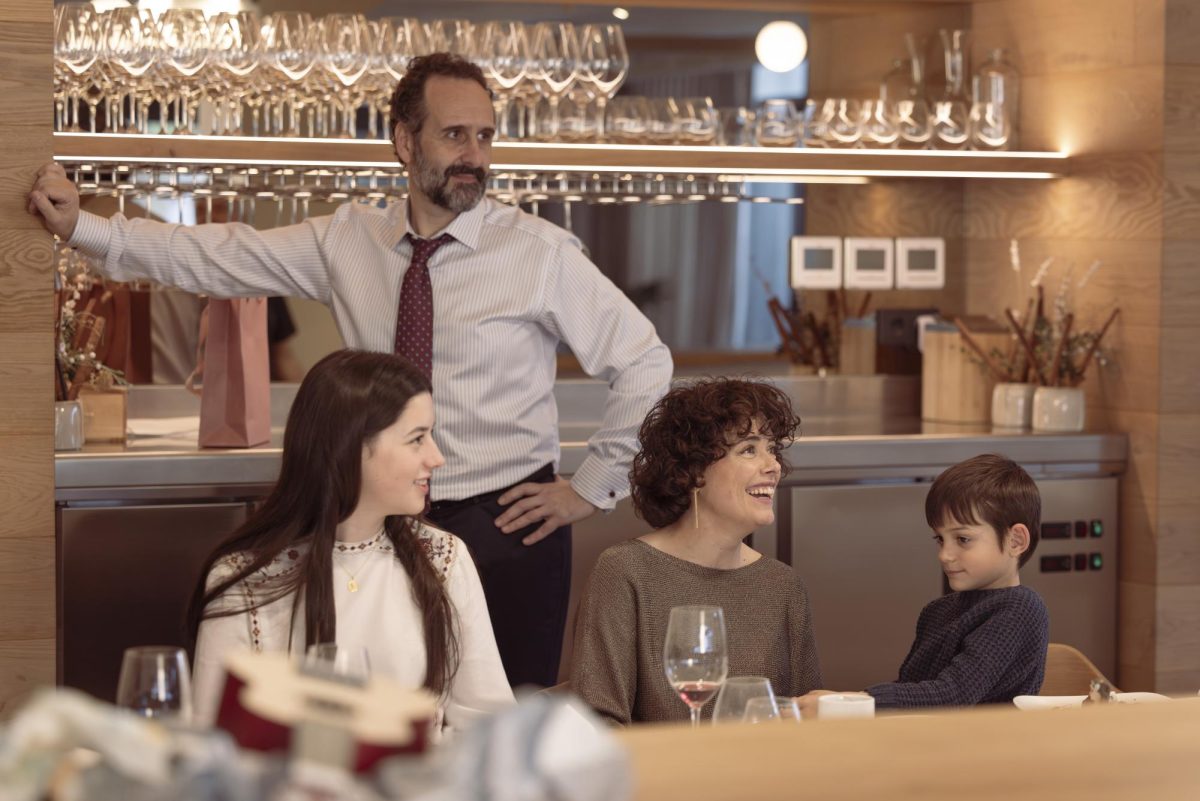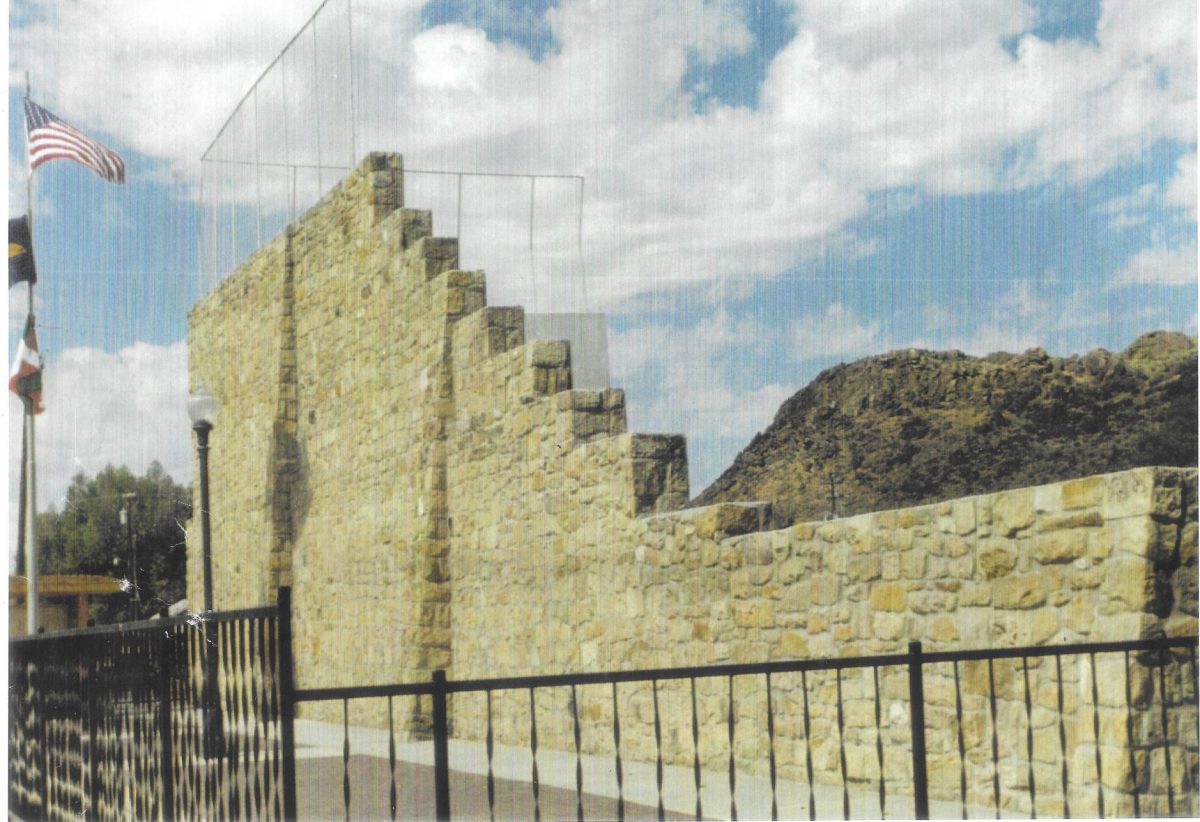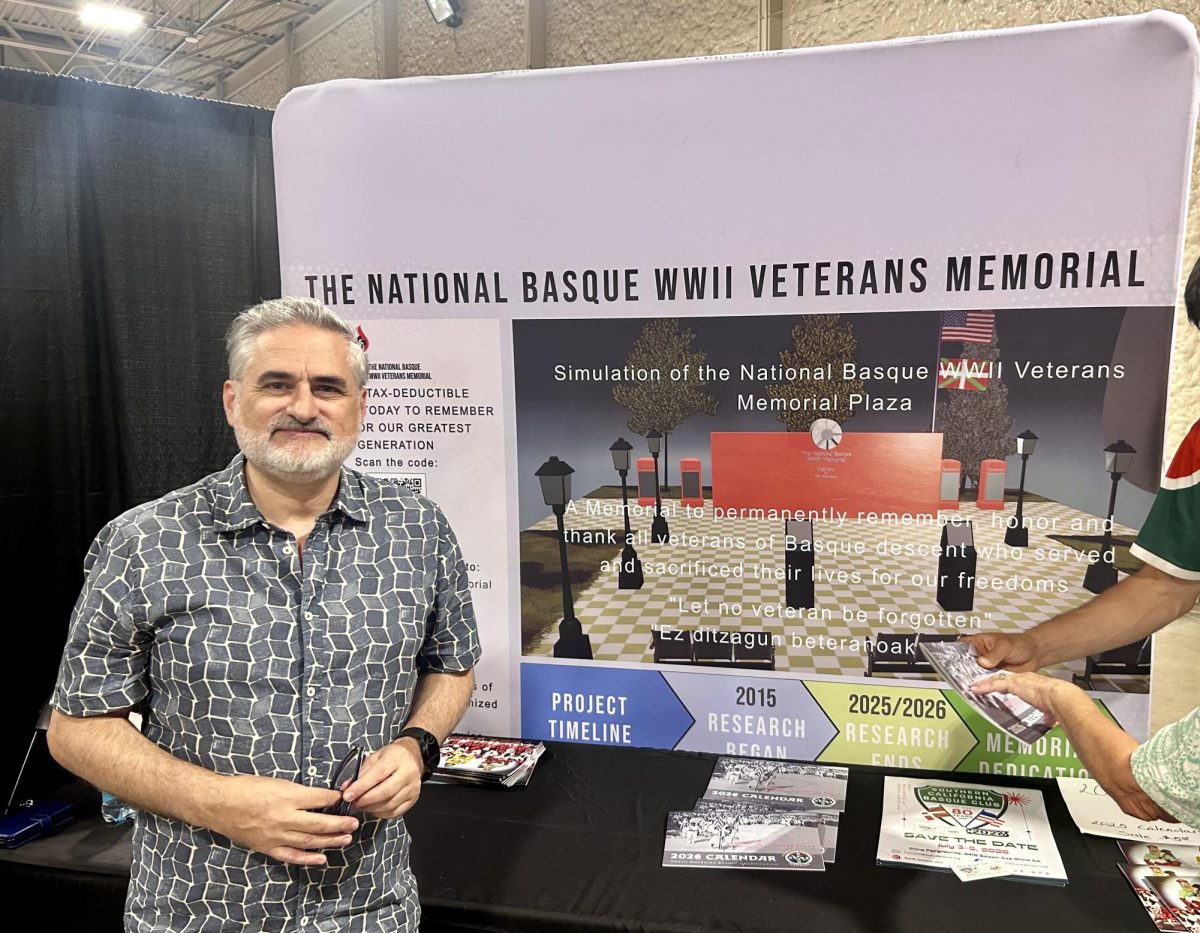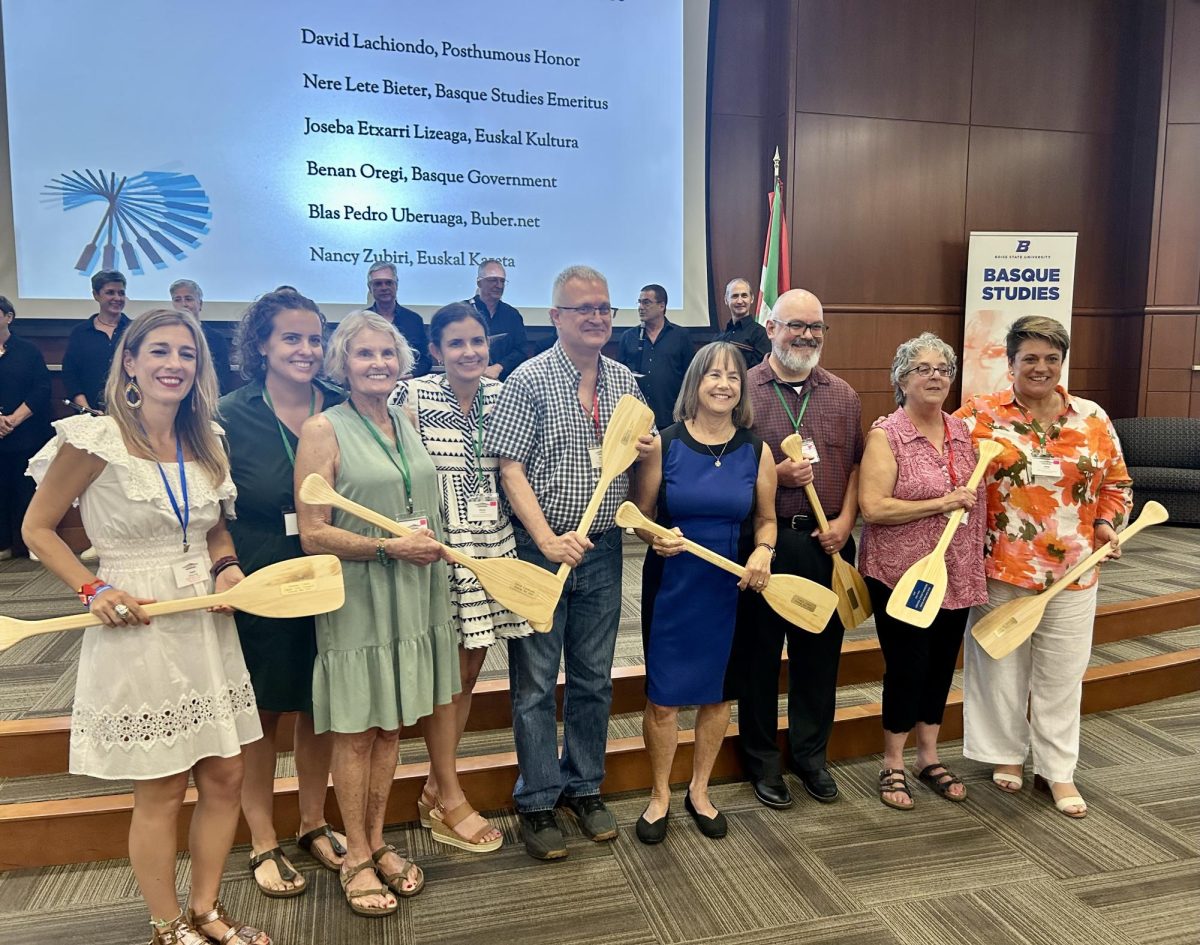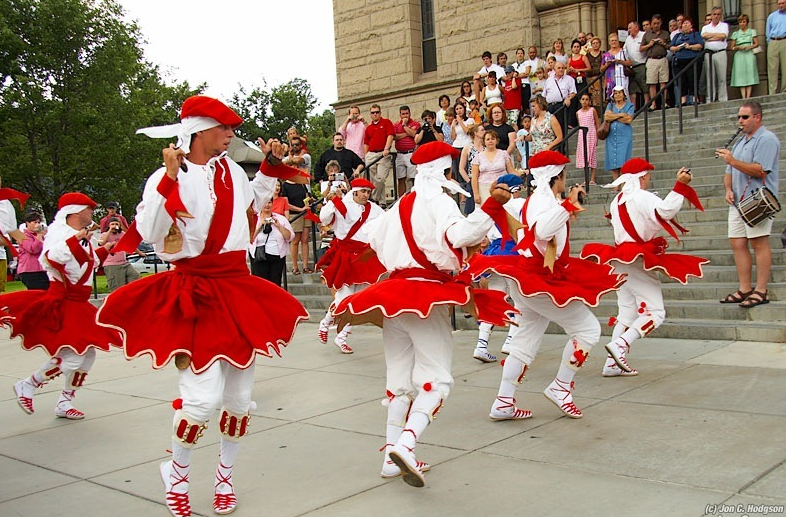Artist Mikel Otxoteko’s impression of Bakersfield, California was colored by the fact that he always traveled around the city in a car.
The audiovisual artist spent the month of May in the city as Cal State Bakersfield’s Frank Bidart Visiting Artistic Fellow. After he had been living there for a couple of weeks, he realized he had never left his house on foot. He always left in a car. Otxoteko comes from Donostia (San Sebastián) in the Basque Country, a seaside city with good public transit and where people enjoy walking the narrow streets of the historic old town and along picturesque paths overlooking La Concha beach.
Dr. Steve Gamboa, Director of the university’s Institute for Basque Studies, was his tour guide during his month-long stay. “Of course we didn’t walk around the city,” said Otxoteko during an interview with Euskal Kazeta. “We were inside the car. That is quite significant. And for me, that is a strange way of knowing a city, from your car.”
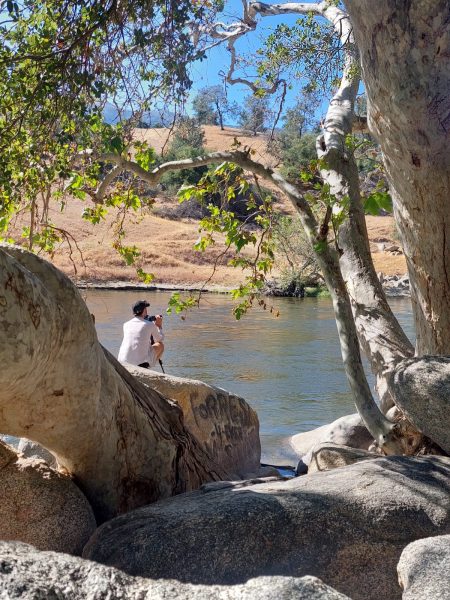
With that observation in mind, one of the artistic projects he is planning as a result of his fellowship is a video of himself driving around town talking about his experience, in conversation with Monica Ocasio, a language professor who specializes in Basque topics.
See MORE STORIES about BAKERSFIELD
The artist and university professor has created numerous video installations exhibited in Basque Country museums and spaces in recent years. Otxoteko, who teaches audio-visual arts and design, has traveled abroad in the creation of several artistic projects. (See his website.)
One of his more significant projects came from a journey to St. Pierre et Miquelon, islands in the North Atlantic Ocean near Canada. Fifty years earlier, his mother, Margarita Olazabal, worked as a nurse on the archipelago during the 1970s, catering to the Basque community that was working there in the cod fishing industry. She recorded several Super-8 films about that environment that he viewed as a child.
“I grew up impressed by what I saw in those images,” said Otxoteko. The community later suffered an economic crisis because of the overfishing of cod. “I wanted to know how these people were still living there,” he said, explaining his inspiration for traveling to the isolated northern French territory. “They don’t have resources right now and I wanted to know about that reality, how that affected the Basque community, how they lived their Basque identity when there was no contact with the Basque Country,” He notes that recently, Basques there have created a club.
Upon his mother’s recommendation, he visited during the harsh, stormy winter and stayed with a friend of hers, then returned the following summer to film. He created several videos that were part of a solo exhibition at the Museo San Telmo in Donostia in 2023. Otxoteko’s videos on Vimeo.
Otxoteko has not finalized his plans for his artistic work about Bakersfield, due to his methodology as an audiovisual artist. It might be a short film, or an essay in images, reflecting a California city.
“I am always improvising and finding my techniques and methods, but linked to the context of the places where I am working.” He expects it will reflect the figure of the sheepherder, or places in Bakersfield, such as the railroad station, the Basque restaurants, the Mojave Desert and Tehachapi.
His experience was influenced by his observation that Bakersfield doesn’t have a public space in the downtown area. “For me, the center of a city is a place, not to circulate from one point to another, but to stay, to talk, like a park or like a plaza. For the community, it’s very important, from my point of view,” he said, although he admits his view is European.
Otxoteko thinks there is a close relationship between this troubling layout and the Basque community there. Without a vibrant downtown, the community doesn’t have as strong a connection. “They need a physical space to share.”
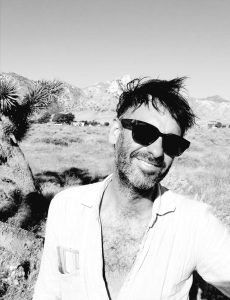
Before he came to Bakersfield, he was planning to take a gastronomic approach because of its reputation as a town of Basque restaurants. He visited Woolgrowers and Benji’s restaurants and found the gastronomy similar to the food back home. What was different was the physical experience. “When you are inside of a restaurant, you feel the sense of the community, but it’s isolated,” he noted.
The artist ended his visit with the Kern County Basque Festival on Memorial Day weekend. Bakersfield’s festival is the biggest Basque festival in California.
“I was really impressed by the emotion people had,” he said. Participating in the festival allowed him to experience the Basque community to its fullest. “If you only visit Woolgrowers or Benji’s, it is impossible to imagine the Basque community here,” he said.
“I think that people need to be in a community,” he said. “The people that live here in Bakersfield need these kinds of events. They are lucky to be part of the Basque community here. It’s paradoxical that every year, the festival is growing, but the restaurants are disappearing.”
Otxoteko said it will take him a few months to develop a work on Bakersfield and to find a place to show it. “I would like to show it in Donosti or the Basque Country, but also in Bakersfield. “
The Frank Bidart Visiting Research or Artistic Fellow is a yearly program at Cal State Bakersfield’ Institute for Basque Studies in which an artist or professor is chosen to undertake a residency of one month during the spring semester. It is co-sponsored by the Etxepare Institute in Euskadi. The objective is to support research or artistic engagement with the Basque diaspora.
The fellowship is named in honor of the poet Frank Bidart, a Bakersfield native who is among the most important American poets of his generation. His book, Half-light: Collected Poems 1965-2016, won both the 2018 National Book Award and the 2018 Pulitzer Prize. Bidart is the Andrew W. Mellon Professor Emeritus in the Humanities and Professor of English at Wellesley College. Click to buy his poetry books on Amazon.
The website is an Amazon Associate and we earn a small commission from qualifying purchases.
